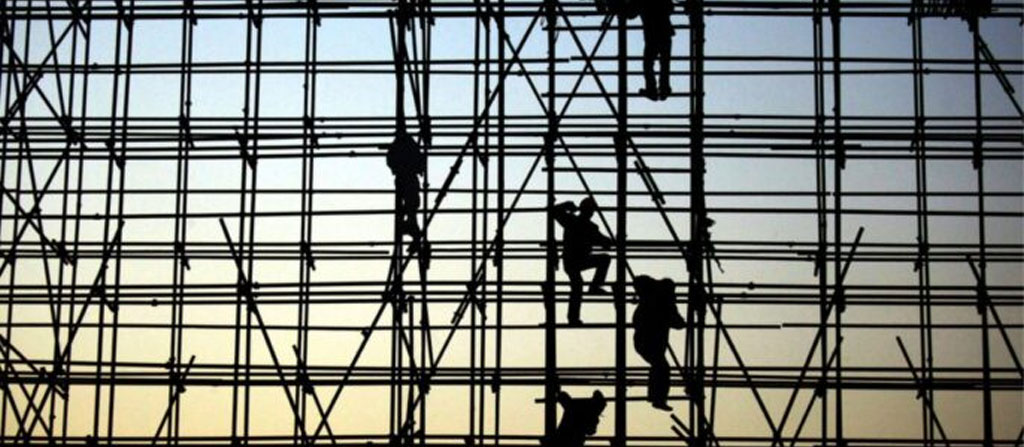Are there any limitations on the height of scaffolding that can be erected?
The construction industry adheres to specific guidelines and standards to ensure the safety and stability of scaffolding used on construction sites. These guidelines are crucial for preventing accidents and ensuring the well-being of workers. When it comes to the height of scaffolding, several factors come into play, including regulatory requirements, engineering principles, and practical considerations.

Regulatory Framework
The Bureau of Indian Standards (BIS) provides comprehensive guidelines for the construction and use of scaffolding, detailed in various IS codes. Additionally, the Directorate General of Factory Advice Service & Labour Institutes (DGFASLI) and the Construction Safety Manual offer guidance on safe construction practices, including scaffolding use.
- IS Codes: Various IS codes, such as IS 3696 (Parts 1 and 2), provide safety and performance guidelines for scaffolding, including aspects related to height.
- State and Local Regulations: Apart from national standards, state and local building codes may have specific requirements or limitations on scaffolding height to address local safety concerns.
Engineering and Safety Considerations
The maximum height of scaffolding is also determined by engineering principles and safety considerations:
- Height-to-Base Ratio: A fundamental principle in scaffolding safety is the height-to-base ratio, which helps ensure stability. Scaffolding should not exceed a certain multiple of its base width unless stabilised by additional means, such as tying the scaffolding to the structure at various levels.
- Material Strength and Design: The materials used (steel, aluminium) and the scaffolding's design impact its maximum safe height. The structure must be capable of withstanding loads, including workers, equipment, and environmental factors like wind.
- Ground Conditions: The stability of the ground or surface where the scaffolding is erected influences the safe maximum height. Soft or uneven ground may necessitate special measures, such as the use of mudsills or base plates, to ensure stability.
Practical Limitations and Solutions
Practical considerations, such as the purpose of the scaffolding and the work environment, also affect how tall scaffolding can be safely erected:
- Access and Egress: Safe access to higher levels, through ladders or stair towers, is essential. This may limit the practical height of scaffolding.
- Environmental Factors: In areas prone to high winds, heavy rains, or seismic activity, the maximum height may be limited to ensure the scaffolding's stability and safety.
Custom Engineering Solutions
For projects requiring heights beyond standard limitations, custom engineering solutions, including the use of specialised scaffolding systems and additional bracing, may be necessary. Consulting with structural engineers and adhering to BIS guidelines will ensure that these custom solutions meet safety standards.
In Conclusion
While there are limitations on the height of scaffolding that can be safely erected in India, adherence to BIS guidelines, consideration of engineering principles, and attention to practical and environmental factors ensure that scaffolding remains safe and effective for construction projects. Compliance with these standards is essential for the safety of all construction site personnel.
